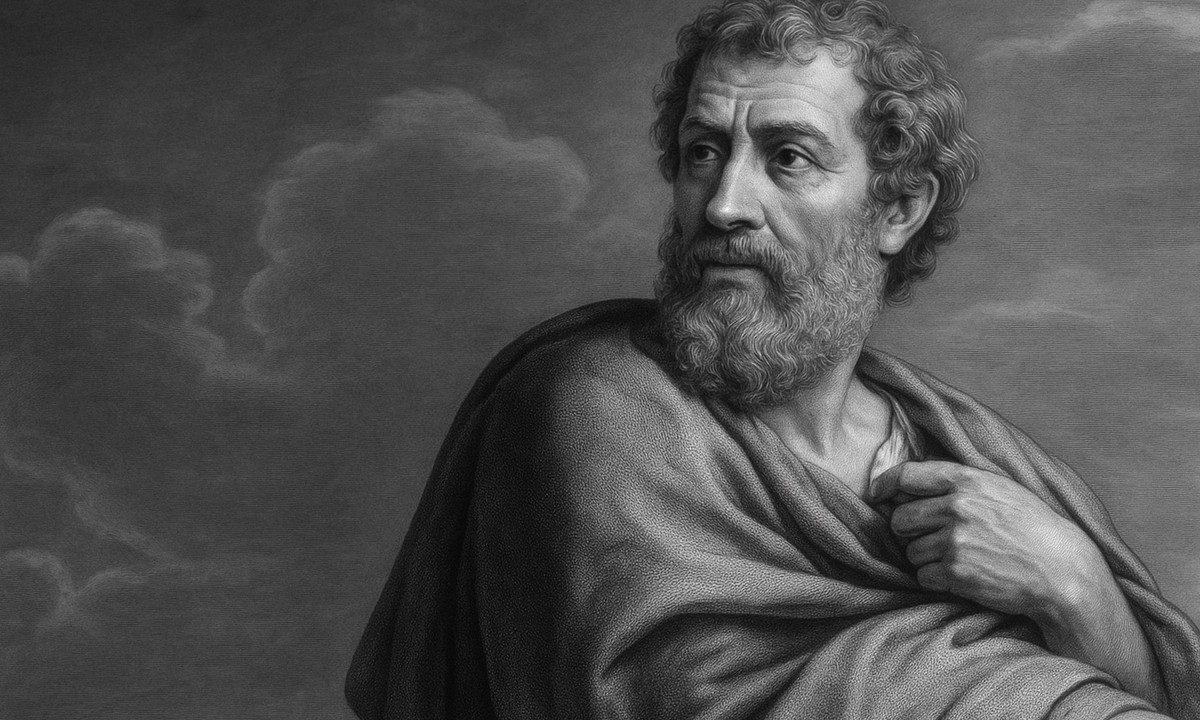When Plato died in 347 BCE, he didn’t leave his Academy to just any student. He entrusted it to his nephew, Speusippus—the son of his sister Potone—a man who had accompanied him on his journey to Sicily and witnessed firsthand both his dreams and disillusionments. Yet, upon taking the reins of the Academy, Speusippus did something few could have imagined: he rejected Plato’s famous Theory of Forms.
Speusippus found the Theory of Forms vague and metaphysically unstable. Instead of abstract, ideal entities as the foundation of reality, he placed numbers at the center of the universe. For him, numbers—particularly the One and the Dyad—were neutral principles, mother and father of all existence, but devoid of moral or spiritual connotations. There was no “good” or “bad” inherent in them; they were simply the structural backbone of reality.
In Speusippus’ worldview, the universe was organized into a hierarchy of spheres—from the intangible realm of numbers to the material world and nature itself. Between these realms stood something sacred: the sphere of the soul, which he saw as immortal, autonomous, and superior even to the body. For Speusippus, classification was the first step toward understanding. Nothing could be defined in isolation; meaning only emerged through context.
Despite his intellectual rigor, Speusippus was known for his difficult personality and reclusive nature. He did not live within the Academy, possibly due to health issues or a personal decision to keep his distance. Nonetheless, he restructured the institution, introduced elements of scientific inquiry drawn from physiology, and promoted comparative studies of animals and plants—steps that seemed to pave the way for Aristotle’s later work.
Some scholars credit Speusippus with the authorship of Definitions, a philosophical lexicon. In a letter to King Philip of Macedon, he passionately defended Plato, going so far as to call him the son of Apollo—suggesting that while he may have rejected Plato’s theories, he still held deep reverence for the man himself.
Speusippus died around 339 BCE and was succeeded by Xenocrates. His work survives only in fragments, but his legacy endures as a reminder that even the most trusted successors may take their own philosophical path—and that faithful discipleship doesn’t require unquestioning agreement.







